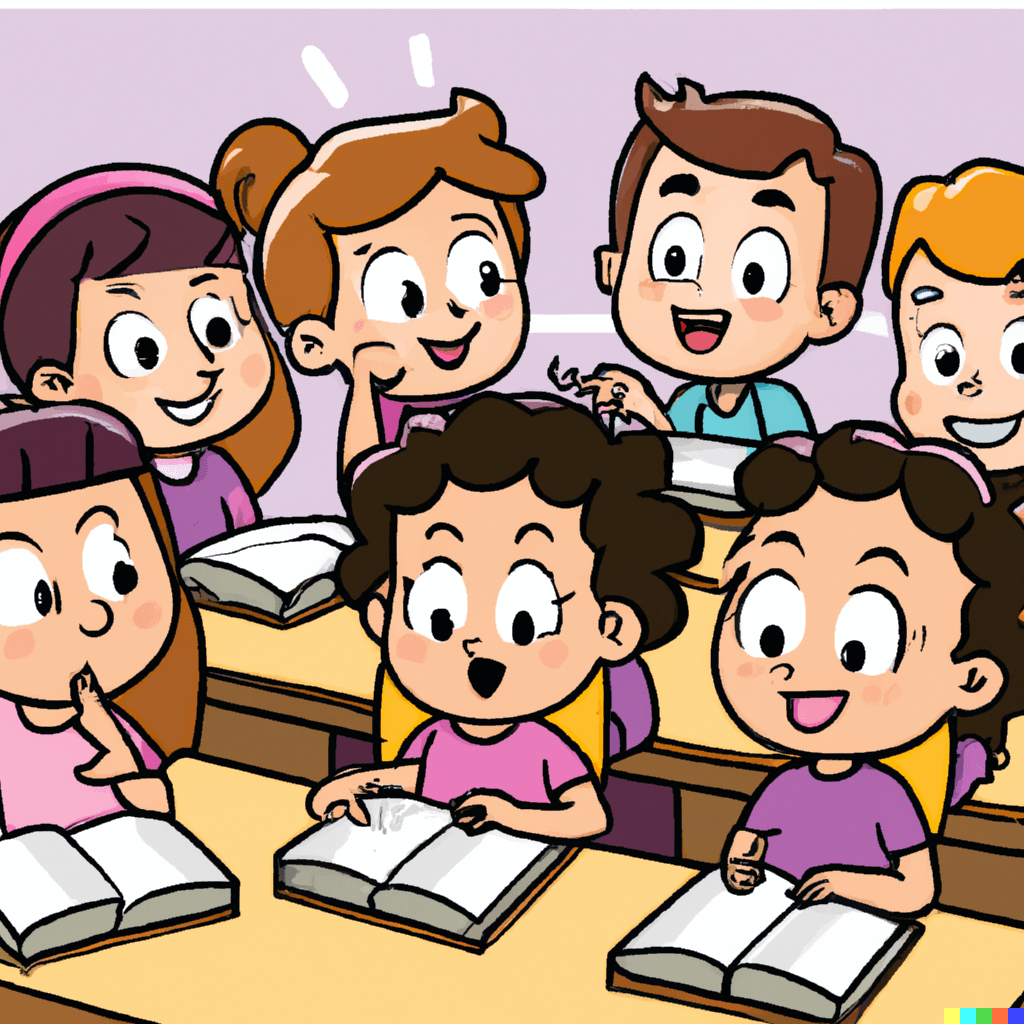Starting with high-quality phonics teaching is probably the best way to engage kids to read, improve their language levels, and give them a solid foundation to achieve well and even excel in school. But what is "phonics," and what do parents and teachers need to know about this fundamental method of teaching.
Through phonics, kids are taught how to recognize the sounds of individual letters and syllables (the single, unbroken sounds of spoken or written words), identify the different combinations of letters, and blend the corresponding sounds together from left to right to build words. Beginner readers can then use this basic knowledge to "decode" any new words they hear or see, an essential step in this process.
Once young students are able to decode using phonics, they can focus on broader skills and really enjoy reading. Research has shown that learning phonics in a structured way - starting with the most basic sounds to the most complex - is the best way of learning to read. Another great benefit is that kids who have learned phonics tend to read more accurately than their peers taught via other approaches, such as the so-called "look and say" or "whole word" method.
If parents and teachers have any doubt about their kids' reading development, a screening check may be worthwhile. Children are individuals who progress at different rates, and a screening check allows educators to understand which students may need extra help in the so important stage of phonic decoding.

Picture: Young children reading out loud in a classroom (ChildUp.com / DALL-E - 2022)



